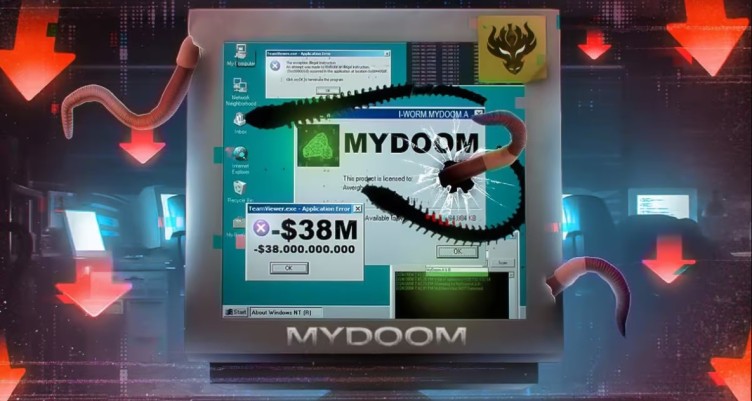The Mydoom worm was a computer virus that was first released in 2004. It is considered to be the most destructive malware in history, causing an estimated $38 billion in damages. Mydoom spread rapidly through email and infected millions of computers. It was also capable of launching distributed denial-of-service (DDoS) attacks, which can take down websites and servers.
The Mydoom worm was created by a group of hackers known as the ShadowCrew. The worm was designed to spread as quickly as possible and to cause as much damage as possible. Mydoom was also designed to be difficult to remove, making it even more destructive.
Mydoom was a major cyberattack and highlighted the vulnerability of many organizations to malware attacks. It also led to the development of new security measures, such as spam filters and antivirus software.
Here are some tips for protecting yourself from Mydoom or other malware attacks:
- 1. Use strong passwords and don’t reuse them across multiple accounts. A strong password is at least 12 characters long and includes a mix of uppercase and lowercase letters, numbers, and symbols.
- 2. Keep your software up to date, including your operating system, web browser, and antivirus software. Software updates often include security patches that can help protect you from malware attacks.
- 3. Be careful about what links you click on and what attachments you open. If you’re not sure about a link or attachment, don’t click on it.
- Don’t share personal information, such as your Social Security number or credit card number, online unless absolutely necessary. Only share this information with websites and companies that you trust.
- Be aware of phishing scams and other social engineering attacks. Phishing scams are emails or text messages that try to trick you into giving out personal information. Social engineering attacks are attempts to manipulate you into doing something that you wouldn’t normally do, such as clicking on a malicious link.
- Back up your data regularly. This way, if your computer is infected with malware, you can restore your data from a backup.
- Use a firewall and antivirus software. A firewall can help protect your computer from unauthorized access, and antivirus software can help detect and remove malware.
- Keep your computer up to date with the latest security patches. Software updates often include security patches that can help protect you from malware attacks.
- Be careful about what websites you visit and what files you download. Only visit websites that you trust and only download files from trusted sources.
By following these tips, you can help protect yourself from malware attacks.

